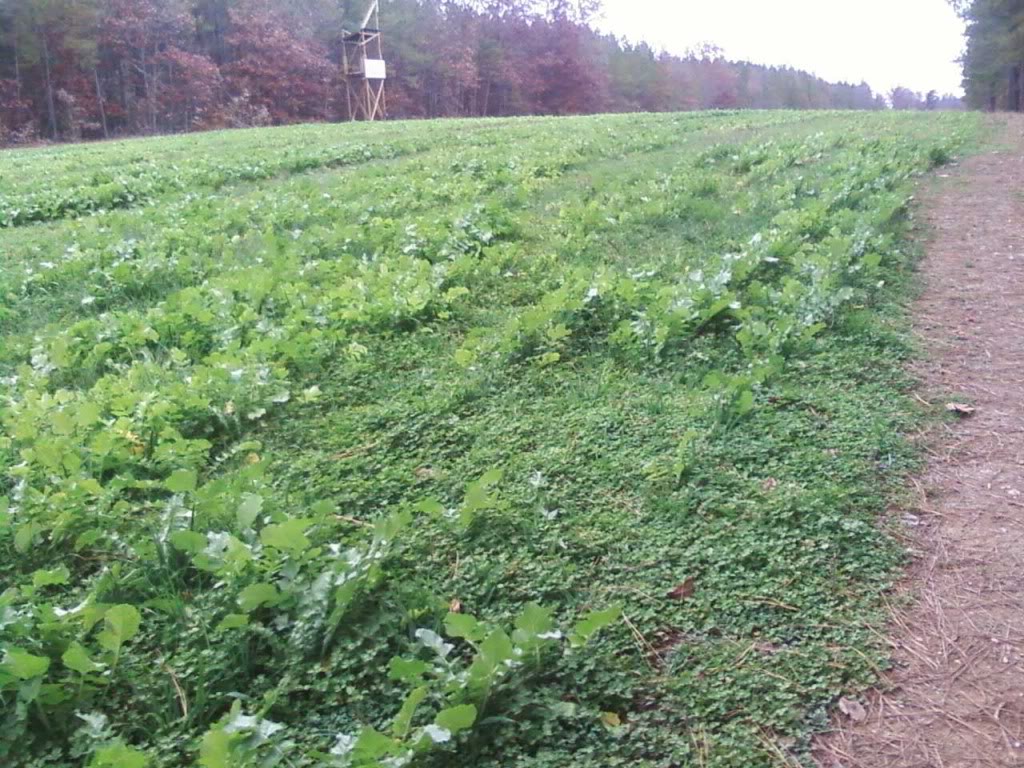WTNUT
5 year old buck +
It is my unicorn. I love not plot more than a freshly planted mixture of clover and Brassicas. The problem is I am not very good at getting the Brassicas to establish when I seed into an established plot. I have probably had the most success lightly discing and broadcasting. Mowing tight and seeding, applying Gly and broadcasting or not till drilling have not worked well but all three may have failed in part due to errors on my part.
The problem seems to be that I have very lush thick clover stands that always seem to overcome the Brassicas before they get big enough to to compete.
Have asked before, will ask again, what has worked for you?
Sent from my iPad using Tapatalk
The problem seems to be that I have very lush thick clover stands that always seem to overcome the Brassicas before they get big enough to to compete.
Have asked before, will ask again, what has worked for you?
Sent from my iPad using Tapatalk


